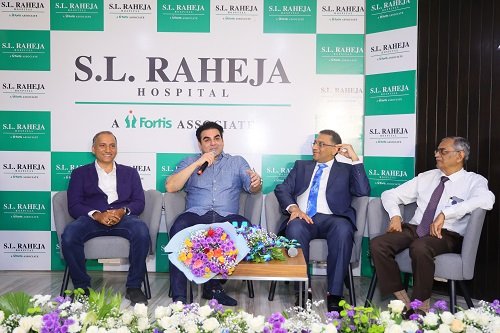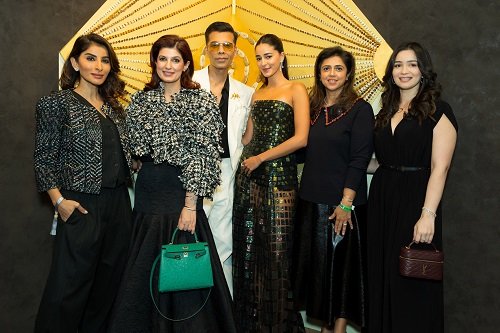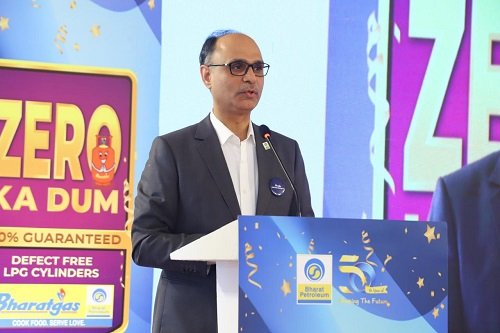A girl gets raped in Baby John, the Hindi remake of the Tamil film Theri, a crime that is repeated in Bagheera, Kannada cinema’s most successful film this past year, as also in Maharaja, starring Vijay Sethupathi, another Tamil blockbuster. In the Rajinikanth-starrer Vettaiyan, again, it is a woman who is assaulted, raped, and murdered. In Pushpa 2: The Rule, the blockbuster that rearranged the threshold for commercial success, it is the assault of a girl that sets the hero off on his rampage, dressed in a sari. The Malayalam film Pani, too, uses sexual assault as a means to propel the vengeful engines of the hero. The paean to these heroes in the films this past year, across languages, can also be read as a eulogy to the women in these stories—a sort of pan-Indian mourning, but one that is really a pan-Indian mela.
It is not just that the women’s bodies are repurposed into a battlefield. It is that this is done with a twisted ambivalence; heroism is built on the foundation of this horror. In Baby John, when the raped girl walks towards the muscled hero, DCP Satya Verma (Varun Dhawan), she is also burnt alive—because why not pile on more plunder. Verma gets to strip off his uniform and be seen in his skin-tight vest as he covers the woman’s body with his gym-toned one. The image of female grief is lopsided by male vanity.
Also Read | Animal and the alpha beta
In Bagheera, the distance between a scene where a woman has acid thrown on her and where the hero flings the acid back on the villain’s face is so short and quick that it becomes part of an extended montage of his heroism, with the pain of the acid attack survivor immediately doused by, and subsumed under, the celebration of the hero’s pursuit for justice. The question of what it means to be hurt is immediately alchemised into an answer—it is the hero’s motivation to find his destiny in heroism.
Flipping the narrative into overdrive
Like Baby John, Bagheera, too, operates under the simple assumption—that the act of rape is not enough; it is the raped body being burned that will flip the narrative into overdrive. What is unsaid in these narrative choices is that the desire to kill the raped woman ensures that the act of justice for the woman is not considered separately from that of the man. So, there is nobody to ask the hero the question, as Sakthi (Nimisha Sajayan) asked Eesu (Siddharth) in Chittha: “Why did you not ask me even once how I saved myself from the violence? Why is it more important for you to kill the rapist?”
Killing the woman makes the spectator confuse the woman’s desire for justice with the man’s, as though they were inextricable. Maharaja does this cleverly, by keeping the girl offstage, and plotting the film such that you do not know exactly what the protagonist is fighting for until the timelines align and the twist makes clear the rape and his pursuit.
“What kind of moral clarity through certification and censorship have we reached in our mainstream culture where to see a woman raped or burned or both is more acceptable than seeing a woman kissed? ”
Strangely, both Bagheera and Baby John are so coy that they refuse to show their central couple kiss, cutting to a post-coital cuddle or the bump of pregnancy, using blurred, wet windows to signify what the image cannot bear to tell: tender love. What kind of moral clarity through certification and censorship have we reached in our mainstream culture where to see a woman raped or burned or both is more acceptable than seeing a woman kissed? Where it is more acceptable to see a man hacked and bludgeoned than a man kissed? The tenets of respectability, the thresholds of disgust are warped, away from erotic desire and towards unfulfilled rage.
Desire is troubling and wilted in these films. In Baby John, the main character considers all three women in his life—his mother, wife, and daughter—as mother figures. The libido is exhausted. Somewhere, Freud must be beaming. In Bagheera, the forthright, career-first woman ploughs herself into the man’s arms even after he slaps her for refusing to listen to him when he says that to marry him is to sign oneself up for a life where widowhood is imminent if not inevitable. She dies before he does, her toes crushed, her nails pulled, her head beaten in by the villain.
As the psychoanalyst Sudhir Kakar writes on Hindi cinema in his seminal essay “Lovers In The Dark”: “She exemplifies the low place of heterosexual love in the life of the transitional man, whose fantasies are absorbed more by visions of violence than of love, more with the redressal of narcissistic injury and rage than with the romantic longing for completion—a gift solely in the power of a woman to bestow.”
Alarming adjacence
More centrally, what does it say about our films that they cannot produce the joys of heroism without the rape of a woman? When they show that pleasure cannot be derived but from pillage. It is not the pillage itself that is the pleasure—that would be rape—but that pleasure cannot exist without avenging such a rape. The two emotions are not the same, but they lean on each other. To use the rape narrative in cinema in order to prop up muscle is to see how dangerously close pleasure exists with rape, without being involved in the act itself, an alarming adjacence that can only come from ambivalence.
With Vettaiyan, this becomes even more worrying because the gaze of the camera is the gaze of the rapist. We see the woman’s head being smashed from his vantage point; we see him use the metal pole to whisk the pinned sari from her shoulders; we see him use the pole to pull the sari up to her thighs. This perspective might be justified in the film’s narration because we are not supposed to know who the rapist is, and the jerky motions of the camera when he searches for her as she flees unsettle the surface of the scene with fear. But replicating the gaze of the rapist in a country where rape is a popular porn category, by fixating on the act from the perspective of the perpetrator, produces not just disgust but also eros.
Also Read | Rohit Shetty’s Singham Again is an epic cop-out
The only other time the camera takes the perspective of a character is when the hero punches a packed sardine can of villains, and we revel in the scene, in being allowed to step into the eyes of the hero. If, as Kakar writes about Hindi cinema and it is an observation we might extend to other language cinemas in India, the “Indian cinema audience [is] not only the reader but also the real author of the text of Hindi films”, then what base desires do these films cater to and under the pretext of what narrative are they being served?
The presence of women is immediately suspect in such films. Are they going to be kidnapped? Killed? Raped? All three? That rape is a formula, that rape-revenge is a genre tells you how something gruesome can become prolific, and by being prolific, so unexceptionally easy, so untroubled that it can be buoyed away on the tides of male muscle. The presence of women in these films is not a statement but an answer to the question, why do men exist in cinema?
Prathyush Parasuraman is a writer and critic who writes across publications, both print and online.



